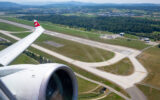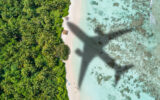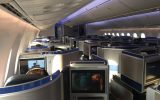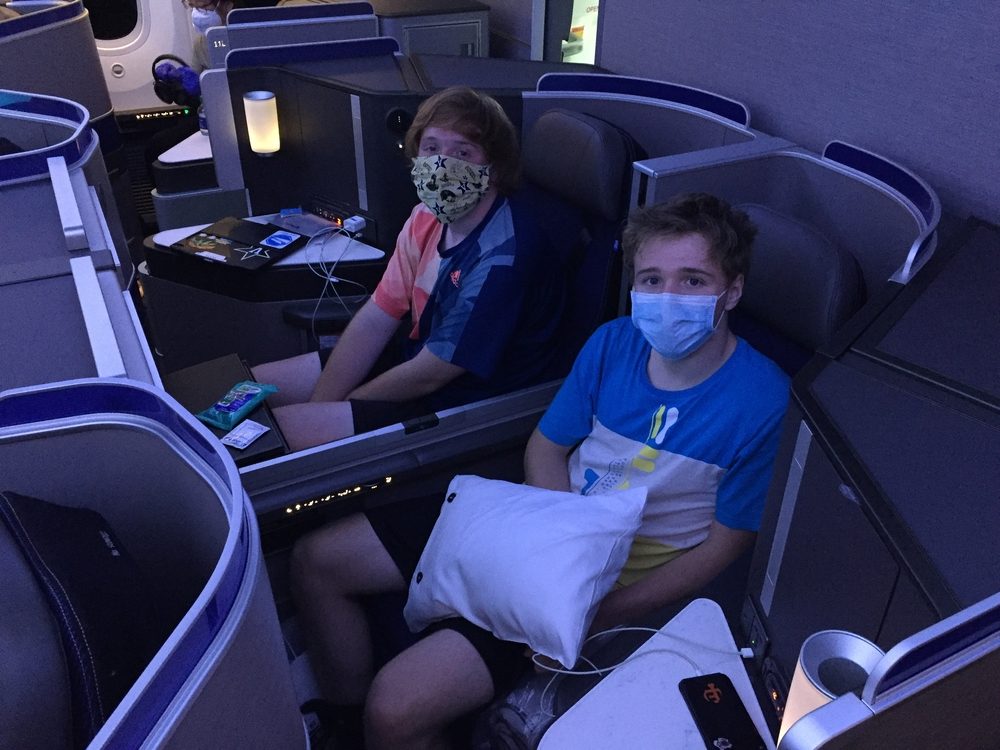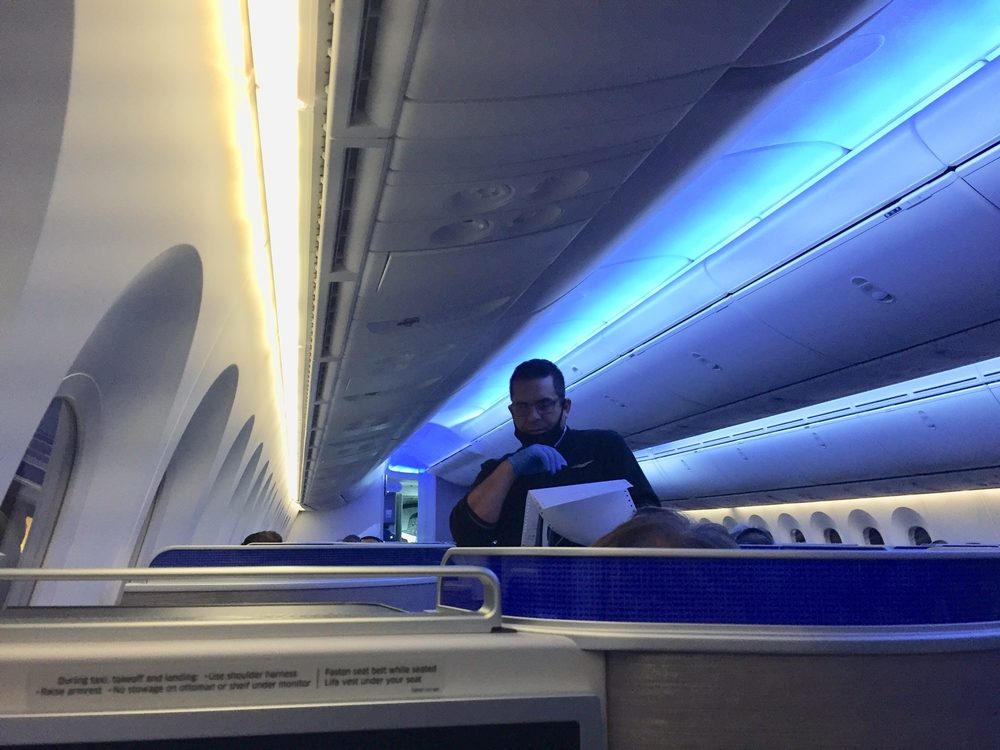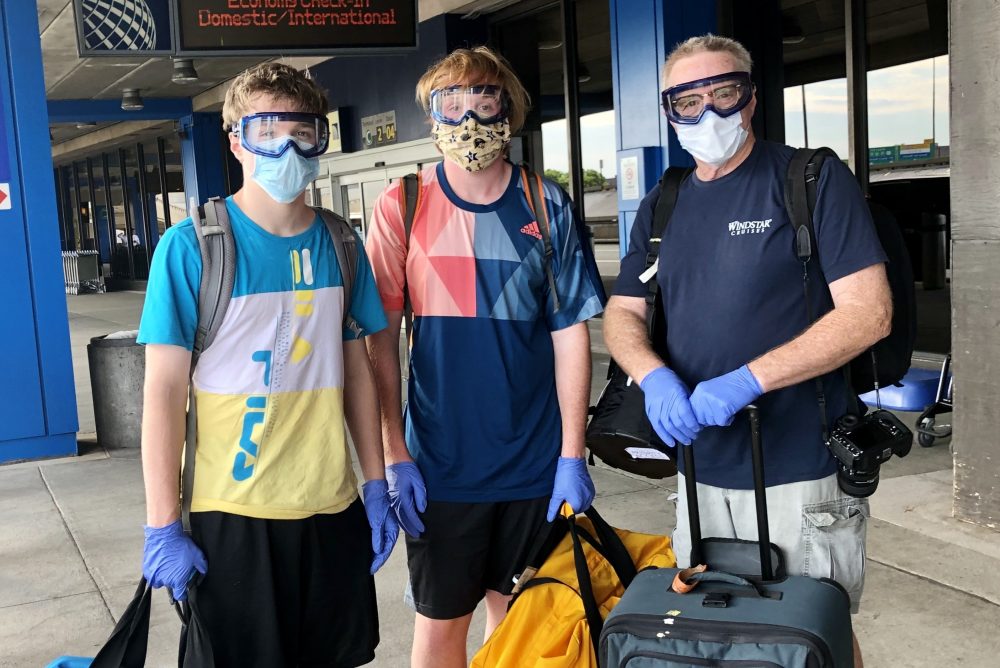It seems like every day this summer, there’s been news of massive flight cancellations. And if it’s not cancellations, it’s lost luggage, long security lines, or extreme delays. It’s enough to make any traveler wish they had a private jet at their disposal (which is actually more affordable than you’d think). However, that said, most of us are going to fly commercial and we just want the easiest, most stress-free flying experience possible. Our top recommendation is to fly nonstop whenever possible (and there are great nonstop routes coming back online all the time), but we know that’s not always an option. So when you do have to make a connection, here are the airports that will make it as hassle-free as possible. (And, if you’re flying in business class, they have great lounges.)
Thanks to our go-to air-travel gurus for their input and first-hand experience recommending the best airports for connections: Brett Snyder of Cranky Concierge, and Gary Leff of View From the Wing. (Hear more from both of them in our Q&A travel talk on the best flights, fares, miles and seats.)
European airports
- Zurich, Switzerland: Wendy chose this airport for her layover en route to Romania, and it was a breeze.
- Munich, Germany: Wendy chose this hub for her flight back, and while the distances can be long, getting through is easy and efficient. Gary suggests this hub instead of Frankfurt airport, which can be confusing to navigate. However, he adds that while Frankfurt isn’t the most user-friendly airport, the upside is that it (and other similarly large but unpleasant hubs like Paris’s Charles de Gaulle) probably offer more flight options if something goes wrong. “While I often find smaller airports friendlier for transit,” he explains, “what I like more than a small airport with an easy layout is a place that has a lot of flights to your destination [like Amsterdam]. You can fly LOT Polish through Warsaw to a number of places, but if your flight is delayed, there may not be as many ‘backup flights’ to get on as traveling through the larger hubs.”
- Amsterdam, the Netherlands: The headlines this summer might make you think Schiphol is not a great option, but don’t be misled, says Brett: “That’s really been for local passengers who go through security checkpoints, not connectors.”
- Vienna, Austria
Asian airports
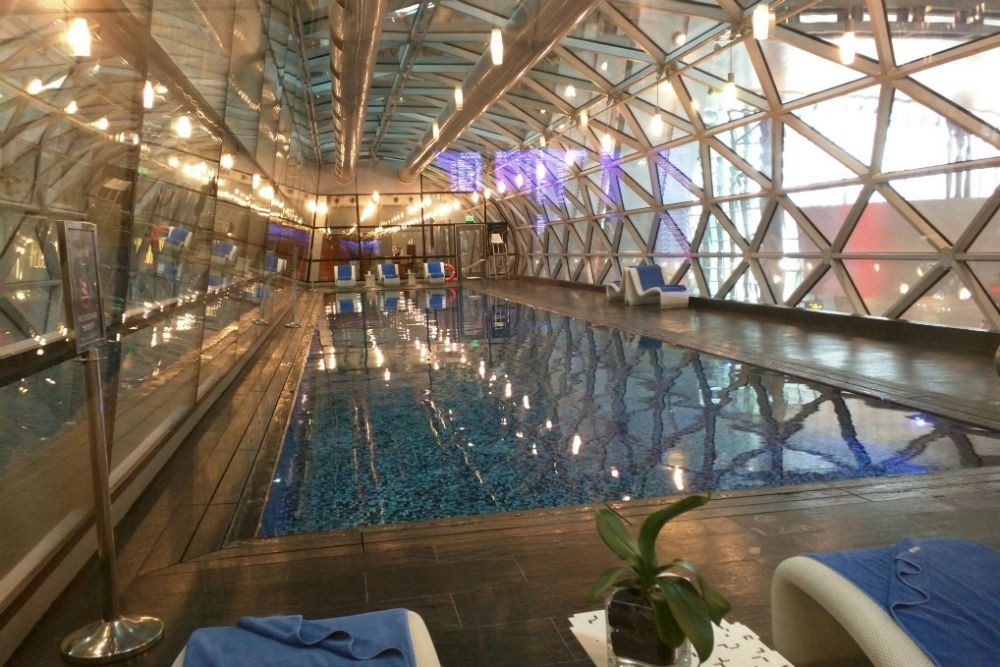
Qatar’s Doha International Airport has a pool, a spa, and other amenities. Photo: Billie Cohen
It’s important to make sure you meet the entry requirements of any country you transit through in Asia. Some countries in Asia still have strict pandemic restrictions, so make sure you can actually get into whatever country you’re connecting through, in case you miss your connection and there’s not another flight that day. “Before the pandemic,” says Gary, “I’d have said that Hong Kong is a great airport. Now, there are fewer flights and I wouldn’t want to get stuck there.” With that in mind, he and Brett recommend:
- Changi, Singapore: “There’s a reason Singapore is considered the best airport in the world by many. It’s a marvel for everything it offers,” says Gary.
- Incheon, South Korea
- Dubai, U.A.E.
- Doha, Qatar
South American airports
Brett feels that there aren’t any great airports for connections in South America. Instead, his recommendation is that if you can connect in the US, that’s your best bet.
US airports
Even if your destination is international, it can be smart to make a connection within the US rather than overseas. As an example, Gary explains: “I live in Austin…so choosing between Detroit and Frankfurt is relevant if I’m going to, say, Paris.” Brett offers these recommendations:
- Charlotte: “It’s a big airport, so you don’t necessarily want the really short connecting times. But it avoids much of the airspace crunch that hits the northeast, so delays are less of an issue. Even better, if you are delayed, they have rocking chairs available for you to pass the time.”
- Detroit: “The big Delta hub makes it easy to get to and from smaller airports in the northeast. It’s a big operation, but it’s not hard to get around. Besides, it has a train running back and forth in the terminal, and that’s just fun. It can be a useful jumping-off point for Europe and Asia alike, so it’s a good way to avoid the coasts.”
- Seattle: “Seattle is a big and growing airport, just opening its new customs and immigration facility. If you’re heading to Asia, it’s easily the best pick of the three West Coast gateways. The constant threat of fog delays in San Francisco, along with the maze of terminal hopping that may be required at LAX, makes Seattle an easier experience. As an added bonus, it is closer to the great circle path to Asia from most US cities, so it can mean a shorter connection time.”
- Salt Lake City and Phoenix: “People don’t think of Salt Lake and Phoenix as global hubs, and they’d be right. But Delta and its partners fly from Salt Lake to Europe, as do American and its partners from Phoenix, so for those in the western US, this is an easy way to get to Europe. The airports are easy to navigate and rarely have weather delay issues.”
Airports close to your final destination
If your connection is at an airport really close to your final destination, you give yourself more options if that flight is delayed. As Gary found out recently when helping out a cousin with a trip from Porto to Brussels. “I booked an award flight on Air France that included a train segment [from Paris] to Brussels. And if he missed the last train of the night, well, it’s just not that hard to get from Paris to Brussels where he absolutely needed to be.”

